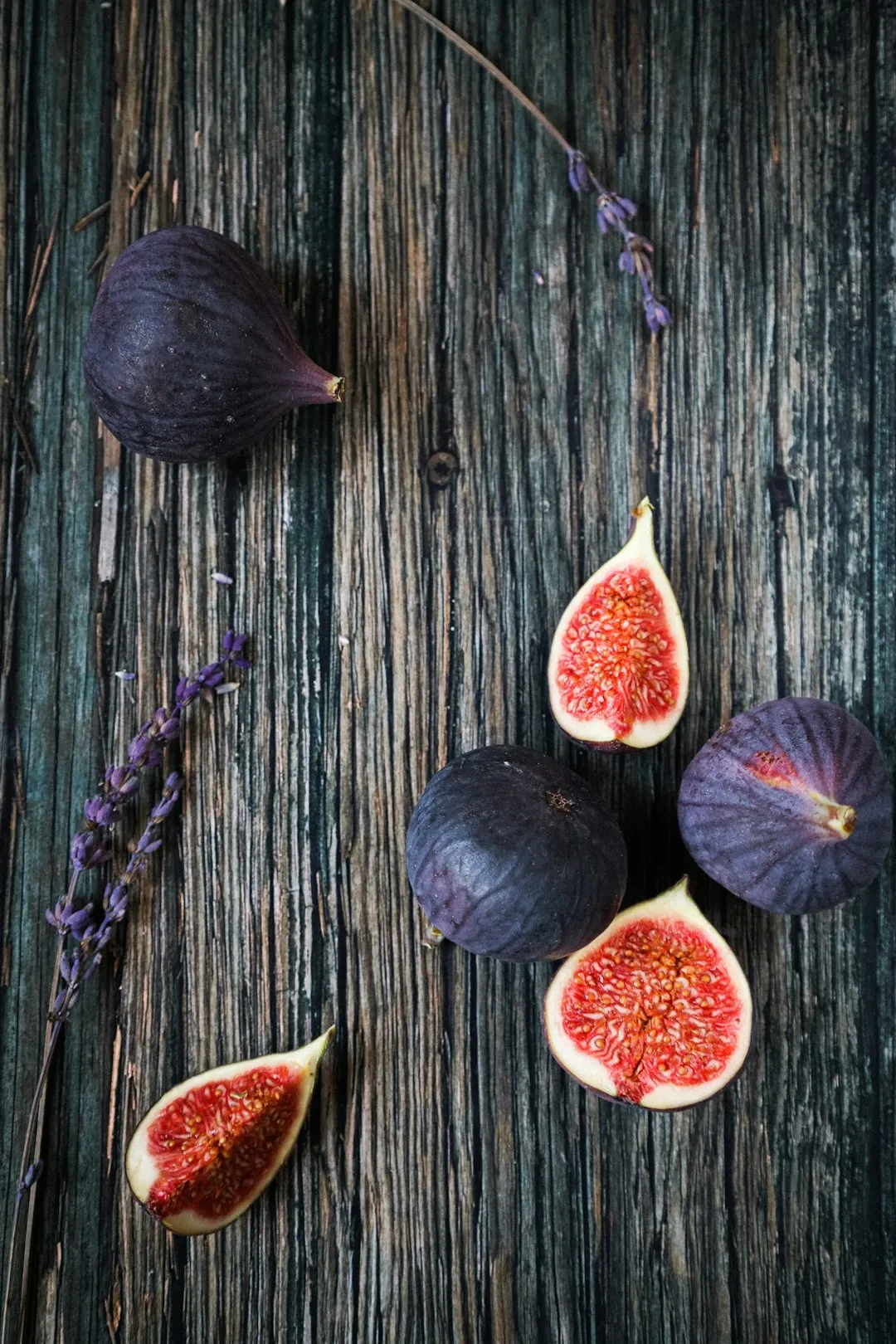Spring's Secret to a Bountiful Edible Garden

Embarking on the journey of edible gardening in spring is an exciting venture, especially when you're starting from seeds. This guide is tailored to beginners, offering a comprehensive set of tips to ensure your vegetable garden thrives right from the start.
First and foremost, choosing the right seeds is crucial. Consider your local climate and the amount of sunlight your garden receives. Some vegetables, like tomatoes and peppers, love the sun and require at least six to eight hours of direct sunlight per day. On the other hand, leafy greens such as lettuce and spinach can tolerate partial shade. Research the specific needs of each vegetable you plan to grow to make informed seed selections.
Preparing the soil is the next essential step. A well - prepared soil provides the necessary nutrients and a good structure for the seeds to germinate and grow. Start by testing your soil's pH level. Most vegetables prefer a slightly acidic to neutral pH range of 6.0 to 7.0. You can easily purchase a soil testing kit at your local gardening store. If the pH is too high or too low, you can amend the soil with lime to raise the pH or sulfur to lower it.
Loosen the soil to a depth of at least 8 to 10 inches. Remove any rocks, roots, or debris that could impede root growth. Incorporate organic matter such as compost, well - rotted manure, or leaf mold into the soil. Organic matter improves soil fertility, water retention, and drainage. Spread a 2 - to 3 - inch layer of organic matter over the soil surface and use a garden fork or tiller to mix it in thoroughly.
When it comes to sowing the seeds, follow the instructions on the seed packet carefully. Some seeds need to be planted directly in the garden, while others are best started indoors and transplanted later. For seeds that are sown directly outdoors, create furrows or holes at the appropriate depth. The depth can vary from a quarter - inch for small seeds like carrots to half - an - inch or more for larger seeds like beans. Space the seeds according to the recommended spacing to allow enough room for the plants to grow without overcrowding.
Watering is a delicate balance. Seeds need consistent moisture to germinate, but over - watering can lead to rot and fungal diseases. Water the soil gently after sowing the seeds to avoid displacing them. Use a fine - mist sprayer or a watering can with a rose attachment. Keep the soil evenly moist but not waterlogged. As the seedlings emerge, gradually reduce the frequency of watering but increase the amount of water per session to encourage deep root growth.
Fertilizing is also important for the healthy growth of your vegetables. Start with a slow - release fertilizer when preparing the soil. Once the seedlings have established themselves, you can apply a balanced liquid fertilizer every few weeks. However, be careful not to over - fertilize, as this can cause excessive foliage growth at the expense of fruit or vegetable production.
Protecting your young plants from pests and diseases is another key aspect of edible gardening. Inspect your plants regularly for signs of pests such as aphids, caterpillars, or slugs. You can use natural pest control methods like introducing beneficial insects, such as ladybugs, or using homemade insecticidal soaps. For diseases, practice good garden hygiene by removing any diseased leaves or plants promptly to prevent the spread of infection.
As your plants grow, they may need support. Staking or trellising is necessary for vining vegetables like cucumbers, peas, and tomatoes. This not only keeps the plants off the ground, reducing the risk of disease, but also makes harvesting easier. Use bamboo stakes, wire cages, or trellis netting to provide support for your plants.
Finally, don't forget to harvest your vegetables at the right time. Each vegetable has its own optimal harvesting time, which is usually indicated on the seed packet. Harvesting at the right time ensures the best flavor and nutritional value. Regular harvesting also encourages the plants to produce more vegetables throughout the growing season.
In conclusion, growing vegetables from seed in spring can be a rewarding experience. By following these beginner - friendly tips, you can successfully start your edible garden and enjoy a bountiful harvest of fresh, home - grown vegetables.